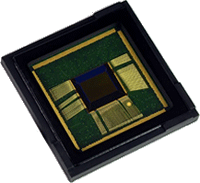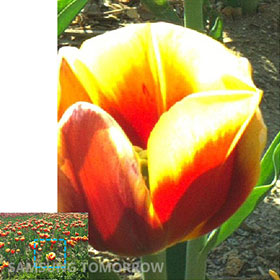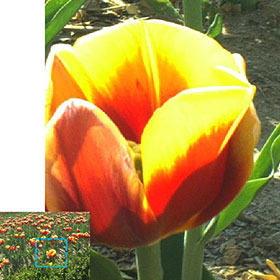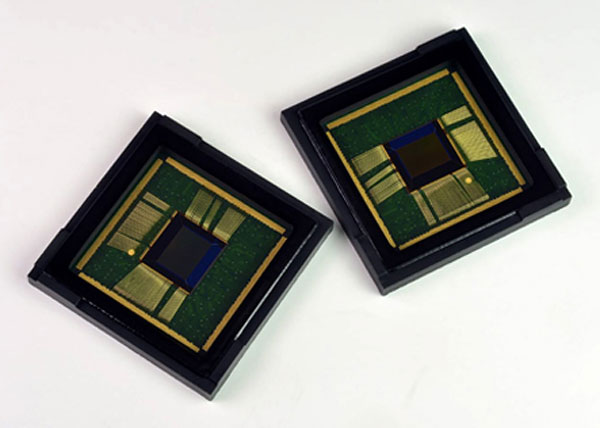Samsung debuts new ISOCELL image sensor tech with improved dynamic range, better image quality
posted Tuesday, September 24, 2013 at 5:02 PM EDT

When you stop to consider the form factor of a typical camera phone, it's surprising just how far their image quality has come over the last half decade. An announcement today from Samsung promises another step forward in camera phone IQ.
We expect our phones to slip almost unnoticed into a pocket, and that leaves very little room for the camera assembly. The result is an extremely small sensor and lens -- on the order of just 1/4" to 1/3"-types -- yet we also expect high resolution not dissimilar to that we'd get from a point'n'shoot camera with a much larger sensor. The result is an extremely small pixel pitch, and a tough challenge for the sensor and image processor designers.
They've answered with technology like the backside-illuminated image sensor and ever-smarter noise reduction algorithms, bringing image quality to a pretty decent level, despite the challenges. And as a whole, the industry continues to look for new ways to improve our photos without increasing sensor real-estate. Sony has moved peripheral circuitry to replace the supporting substrate in its latest chips. Panasonic is working to do away with Bayer filtering, and its associated light loss. It's also partnered with Fujifilm to work on organic CMOS sensor tech. And now, Samsung steps into the ring with technology of its own that it claims increases well depth and reduces crosstalk to a significant degree.


Samsung's new tech debuts in a new pixel structure dubbed ISOCELL, and it will reach the market in the new 8-megapixel, 1/4-inch S5K4H5YB image sensor, currently slated for commercialization by the end of the year. According to the company, its patent-pending creation better prevents crosstalk between adjacent pixels, where charge leaks from any given pixel to those around it. Samsung says that the ISOCELL design shows one-third less crosstalk compared to a traditional backside-illuminated pixel structure, and in the process, increases well depth by the same amount.
A greater well-depth translates to greater dynamic range, and that's demonstrated in the company's example image above. Where highlights are badly blown out in the flower petals for all channels for the image on the left from a traditional BSI chip, the image from an ISOCELL chip on the right retains more of the highlights. Only the very edge of the flower petals are completely clipped in all channels, although the green and (to a slightly lesser extent) red channel are still clipped or very close to it in much of the same area.
The color recorded in these partially-clipped areas still won't actually reflect that in the flower, but overall the ISOCELL chip certainly renders the flower better than does the standard chip. Of course, HDR imaging could have achieve the same thing, but it would require multiple exposures to do so, making it of little use for moving subjects.

And there's another claimed advantage for the ISOCELL design, too. According to Samsung, the new chip better handles light at extreme angles of incidence, and so can accept a 20%-wider chief ray angle from the lens. That can be translated to a reduction in the overall height of the camera module. If you've ever found the hump around the lens on some camera phones to be annoying, this is decidedly good news.
Pixel pitch for the ISOCELL S5K4H5YB image sensor is 1.12 microns, for a pixel area about 80% smaller than those of the rear camera on the recently-announced Apple iPhone 5s, which is likely to be a key competitor for any Samsung smartphone using the ISOCELL chip. It will be interesting indeed to see which products ISOCELL first appears in, and how Samsung's new chip stacks up in a real-world comparison. Look for more news later this year, or early in the next.